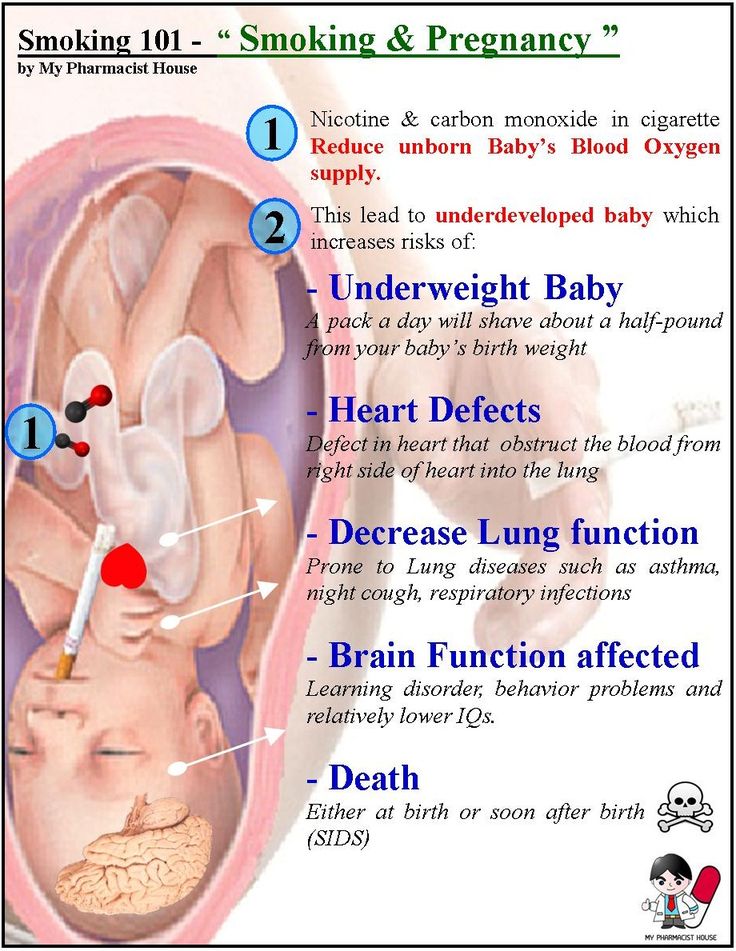When can you feed a baby meat
When babies can have chicken and other kinds of meat
Your baby can eat meat that has been pureed to a very thin, smooth consistency as soon as they start eating solid food, usually around 6 months old. It doesn't matter whether you introduce beef, poultry, or another type of meat first.
Some babies don't like meat as much as fruits and vegetables, which tend to be sweet. If that's the case, try mixing your baby's favorite fruit or vegetable into pureed, slightly warmed meat to help them adapt to the new flavor.
If your baby won't eat meat at first, you can wait a few weeks and then try again. Babies don't have to eat meat, but it's full of important nutrients and is a great first food.
Is meat healthy for babies?
Meat contains easily absorbed sources of iron and zinc that your baby needs as they grow. Breast milk doesn't have much iron in it, so while most babies have enough iron stored in their bodies for the first few months of life, they need another source by the time they're around 6 months old. That's why the American Academy of Pediatrics recommends that your baby's first foods include either meat or iron-fortified cereals. (If your baby is fed with an iron-fortified formula, they don't need iron from other sources.)
And, of course, meat is a great source of protein. Experts recommend that babies 7 to 12 months old get 11 grams of protein per day, which they primarily get from breast milk or formula. It's very rare for babies in the United States to be protein deficient, so don't worry too much about getting tons of protein into your baby's diet.
Avoid giving your baby processed meats, like sausage, hot dogs, bologna, and Spam, until they're at least 1 year old – and even then, serve these foods sparingly, since they tend to be high in sodium and nitrates.
Can babies be allergic to meat?
Meat allergies aren't common, but they can happen. When trying a new food, experts recommend giving it to your baby at home, rather than at daycare or a restaurant. Serve it for three to five days before offering another new food; that way you can monitor your baby for a reaction and know what's likely causing it. That goes for different types of meat, too – start with one kind (say, ground chicken) and wait a few days before introducing another (like beef or pork).
Serve it for three to five days before offering another new food; that way you can monitor your baby for a reaction and know what's likely causing it. That goes for different types of meat, too – start with one kind (say, ground chicken) and wait a few days before introducing another (like beef or pork).
Food allergy symptoms range from mild to severe; sometimes they show up immediately, but it could also take hours for symptoms to develop. Milder symptoms that don't require immediate medical attention include itchiness in the eyes, ears, throat, nose, or mouth; coughing; nausea and vomiting; diarrhea; and swelling around the tongue and lips.
Call 911 if any of these mild symptoms become more severe; if your baby is having trouble breathing; or if your baby is showing symptoms involving more than one part of the body.
How to serve meat to babies
To prevent choking, puree any meat you feed your baby into a smooth, thin consistency. You can add water or some cooked pureed fruit or vegetables to get it to the right texture.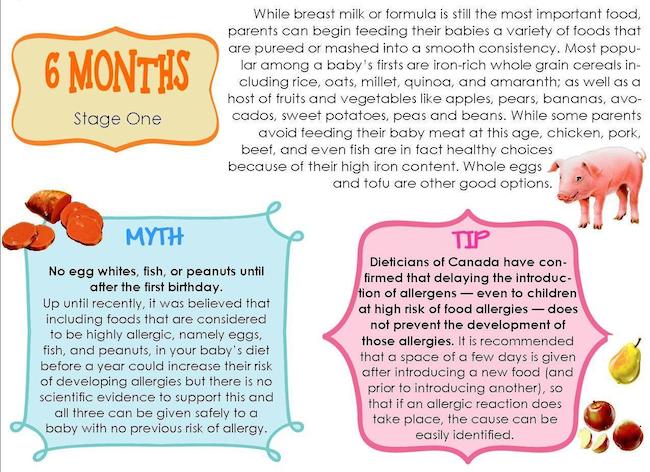
Don't offer your baby pieces of meat until they've been eating other finger foods successfully and have several teeth (at around 8 to 10 months old) – and then start with well-cooked, finely chopped pieces.
Try these recipes with meat for your baby:
- Turkey or chicken puree
- Chicken curry with green beans and zucchini
- Shepherd's pie
When Can Babies Have Meat? Introducing Meat to Your Baby’s Diet – Serenity Kids
For the first six months of your baby’s life, all of their nutrition comes from either breast milk, formula, or a combination of both. While you were probably excited and anxiously waiting for your little one to show signs that they are ready to begin solids, you may be feeling a little overwhelmed now that they are finally ready.
You may find yourself wondering what their first foods should be and when you can offer them certain foods, like meat. Although meat may seem a little intimidating at first, it’s packed with complete protein, vitamins, antioxidants, and key nutrients that are crucial for your baby’s growth—and it’s actually easier for your baby to digest than any other food group.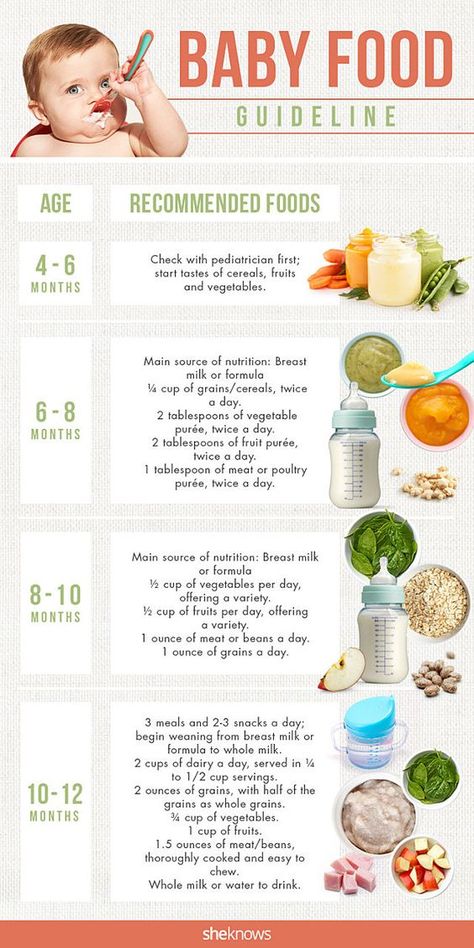
In this article, we'll explore the nutritious benefits of feeding your baby meat, tips for introducing it to your baby, how to prepare it according to their age, and the potential risks associated with feeding it to your baby. We'll also provide delicious, baby-friendly meat recipes and discuss meat alternatives.
All you need to know about giving meat to a babyWhile meat is generally included in a healthy, well-balanced diet, it’s especially important for babies as they grow. Foods like pasture-raised beef, turkey, chicken, pork, and fish are some of the best sources for bioavailable vitamins and nutrients, such as zinc and iron, which help strengthen their immune system and reinforce brain development. Meat is recognized as one of the most nutrient-dense foods on the planet, making it an ideal choice when Every Bite Counts®.
Meat is also the best source of high-quality protein, which plays an essential role in many bodily functions. It helps provide the body with energy, repair tissues, and develop organs properly — all of which are crucial for your baby’s growing body.
Once your baby is at least six months of age and has demonstrated the five main signs of readiness to begin eating solids, meat is a nutritious and delicious option for most babies. Because breastmilk is technically an animal product, a baby’s tummy contains all the enzymes necessary to digest meat and other animal products. In fact, they can digest animal products better than any other food group.
While the specific nutrition will vary depending on the type of meat you choose, offering your little one a variety of meats is a great way to incorporate different nutrients into your baby’s diet, while also taking advantage of the flavor window.
How can you choose and store meat for your baby?In most cases, your baby should be able to eat most kinds of meat right off the bat. Introducing them to different types of meat will also offer a wider range of vitamins and nutrients. We recommend choosing high-quality, ethically sourced meat from regenerative agriculture whenever possible. (Fun fact: three of our meat purees are even Land to Market verified!)
(Fun fact: three of our meat purees are even Land to Market verified!)
Common meat options include:
- Chicken
- Pork
- Beef
- Goat
- Turkey
- Bison
- Fish
Your baby can also eat other types of meats, such as organ meats. Some common organ meats include:
- Liver, which is rich in vitamin A, folic acid, iron, and zinc (Check out our article on How to Make Liver Bone Broth, which is a great way to get your baby some extra nutrients)
- Heart, which is rich in iron, zinc, selenium, and folate
- Kidney, which contains omega 3 fatty acids
Although most babies can eat all types of meat, preparation and storage are important to ensure the safety of your little one. For example, purees, ground meat, and meatballs can be stored in the refrigerator for 1-2 days. On the other hand, meat strips, shredded meat, and meat on the bone will generally stay fresh 3-4 days.
Although you should aim to introduce your baby to a wide range of meats, there are several precautions that you should take to ensure your baby’s safety.
- Limit deli meats, hot dogs, and fried meats until 12 months. These processed meats are generally higher in preservatives and sodium.
- Avoid reheating meat more than once, when possible. Cooling and reheating food more than once can increase the potential for bacteria growth.
- Limit consumption of fish that are high in mercury, such as swordfish and king mackerel
- Ensure that you always give your baby fully cooked meat until 12+ months. This means the meat should reach a specified internal temperature, typically ranging from 145-165°F as designated by the FDA, based on the type of meat. It also shouldn’t be rare or medium-rare until 12+ months
Once your baby has turned six months old and has met the five signs of readiness for starting solids, meat is a great food to use as the basis of their solid food diet.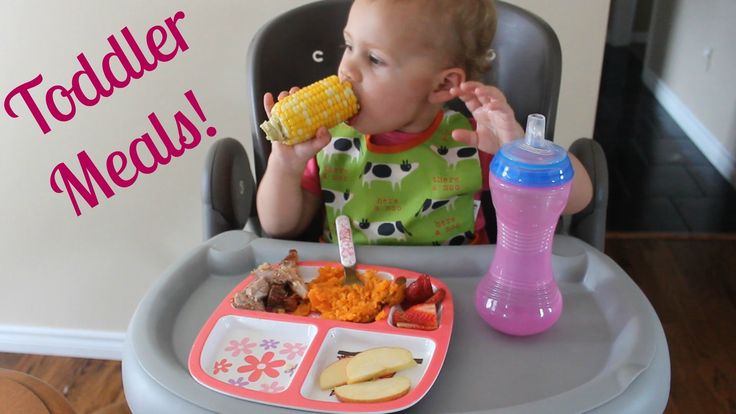 Meat tends to be coarser than many other foods, so you may have to slightly alter how you prepare it, based on the age of your child.
Meat tends to be coarser than many other foods, so you may have to slightly alter how you prepare it, based on the age of your child.
Experts generally suggest preparing purees or pre-chewing meat for younger babies, while shredded, ground, and cubed meats are usually acceptable for older babies and toddlers. This will help ensure that your child is getting the nutritious benefits of meat, regardless of their age.
Pre-chewing (called premastication) may sound gross and might not be for every parent, but is an excellent way to share the meat you're eating with your baby. In fact, the enzymes in your mouth actually aid in its digestion.
It’s important to pay attention to your child’s current development, such as how well they are able to chew, when deciding how to introduce meat into their diet.
How can you prepare healthy, delicious meat for a baby according to age?While we love the Baby-Led Introduction to Solids (BLISS) method, which combines both purees and baby-led weaning, you may choose to follow a more traditional approach when you prepare meat for your baby. This generally consists of starting with purees and working up to small pieces of food as they get older and better at chewing.
This generally consists of starting with purees and working up to small pieces of food as they get older and better at chewing.
To learn more about the BLISS method of introducing solids, visit our article on Introducing Solids: Why We Love Both Baby-Led Weaning and Purees.
Meat for a 6-old-month babyPurees are a great option for many parents who don’t feel ready to give their baby coarser textures or meat prepared in other ways. Not only is there less risk of choking with purees, it may be easier to provide more nutrients and flavors to their diet.
Simply cook your chosen meat and puree it in a blender or food processor until it’s a smooth consistency. Add water or breast milk to thin as needed. You may find that your baby does better with thinner purees to start, but quickly learns to handle thicker consistencies.
If you don’t have time to make it yourself or aren’t interested in premastication, Serenity Kids Ethically Sourced Meats Variety Pack and Bone Broth Variety Pack are convenient and nutritious options for babies who aren’t quite ready to handle shredded or smaller cut meat.
As your baby gets older, they’ll be able to better handle chewing and digesting larger, solid pieces of food. This is a great time to begin giving your baby finger foods, like shredded or thinly sliced meat.
This will also help develop their motor skills, like the pincer grasp, as they learn to pick up food and bring it to their mouth. To learn more about the pincer grasp, visit our article one What is the pincer grasp and when do babies develop it.
Meat for toddlersOnce your child has shown that they can safely handle shredded meats, you can begin giving them smaller pieces of meat, like ground chicken or beef. By this time, their pincer grasp should be well-developed, making it easier for your little one to pick up the smaller pieces of finger food. They also likely have teeth coming through that will help chew up these smaller bite sized pieces.
Delicious meat recipes that will satisfy your baby’s palateWhile babies can often just eat a version of whatever you’re having for dinner, here are some delicious meal ideas to help encourage your baby to eat meat.
Pork contains the fatty acids EPA and DHA, which are critical for normal brain development and function.
This homemade baby food recipe uses uncured bacon, ground pork, butternut squash, and spinach to provide your little one with a boost of vitamin D and vitamin E.
Visit our Homemade Bacon Baby Food Recipe.
Savory toddler pancakesThis recipe incorporates our 100% Grass-Fed Bison Food Pouch with Organic Kabocha Squash & Spinach with egg, ricotta cheese, and vegetables.
Visit our Savory Pancakes recipe.
Toddler-Approved Beef & BroccoliWe love that this recipe literally takes ten minutes or less (while still packing in balanced nutrition thanks to nutrient-dense ingredients).
This recipe incorporates our Beef Puree; check out the step-by-step process here.
Meatballs with mashed potatoThis simple recipe combines ground beef with mashed potato to make a delicious meal for your baby. You could also opt for sweet potatoes or add herbs to give your baby a taste of different flavors, as well as added nutritional benefits.
You could also opt for sweet potatoes or add herbs to give your baby a taste of different flavors, as well as added nutritional benefits.
For extra flavor and a boost of protein and amino acids, use our Turkey Bolognese with Bone Broth puree as a sauce for your meatballs. You could also use tomato sauce or season with mild chili powder for a different flavor.
Visit this Baby Meatballs Recipe.
Can meat be a hazard for a baby?Like any other food, there are potential risks when it comes to incorporating meat into your child’s diet.
Can meat choke your baby?Meat tends to be coarser and harder to chew than some of the softer foods. With that, meat could be a choking hazard if not prepared correctly, which is why you shouldn’t offer small cuts of meat to your baby before they are ready.
Feeding your baby foods that are prepared and cut age-appropriately will greatly reduce their risk for choking — although it won’t ever remove the risk completely.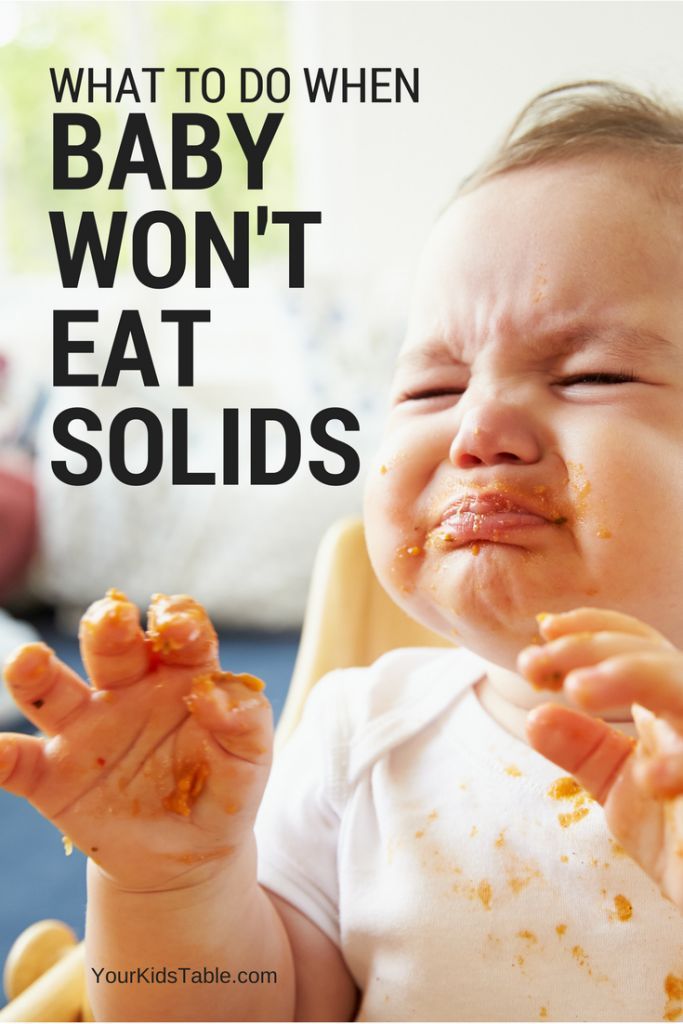 It’s also important to always put your child in a safe eating position and to keep a close eye on them while they are eating.
It’s also important to always put your child in a safe eating position and to keep a close eye on them while they are eating.
Although food allergies are relatively common, meat allergies are extremely rare. In some cases, however, parents find that their child may have an allergic reaction to certain meats.
Common symptoms of a food allergy include:
- Hives or skin reaction
- Itching
- Sneezing
- Wheezing or trouble breathing
- Nausea, vomiting, or diarrhea
For parents concerned about allergies, it’s a common practice to introduce one food at a time in case your baby reacts to something they’ve eaten. This can help you identify possible food allergies.
When to get medical advice?If your baby is showing any signs of an allergic reaction to something they’ve eaten, it’s important to consult a healthcare professional immediately. They will help treat your child and determine the underlying cause of the reaction.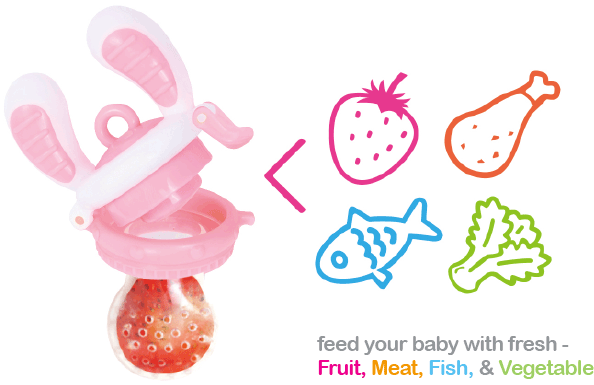
They may recommend a skin prick allergy test, followed by blood work to identify specific allergens that may be affecting your little one. We aren’t health professionals so we always advise you to consult with yours.
So what’s the bottom line?Starting your baby on solids can be a little nerve-racking, between navigating which foods are best and how to prepare them. Fortunately, babies can eat nearly everything that adults can eat, including meat. Not only is meat a nutritious option, there are many different ways to prepare it, making it an ideal first food for babies.
And for when you need an easy option for busy nights or days spent on-the-go, Serenity Kids has a variety of ethically-sourced meat purees ready to be enjoyed by your little one.
Written by Jennifer Wirth. Jennifer is a professional health writer, leveraging her scientific background as a Chemical Engineer to uncover the most interesting aspects of infant nutrition, pregnancy, and parenting. As a wife and mother of three young children, Jennifer is passionate about providing the best possible nutrition for her family. She believes that developing healthy eating habits early helps build the foundation for a long, fulfilling life.
As a wife and mother of three young children, Jennifer is passionate about providing the best possible nutrition for her family. She believes that developing healthy eating habits early helps build the foundation for a long, fulfilling life.
Complementary meat: why, when and how
Reviewer Kovtun Tatiana Anatolievna
46470 views
October 21, 2021
As your baby grows, so does his need for vitamins, minerals and other important nutrients. When to introduce meat into complementary foods for a child so that he gets the maximum benefit?
Meat is a source of complete animal protein.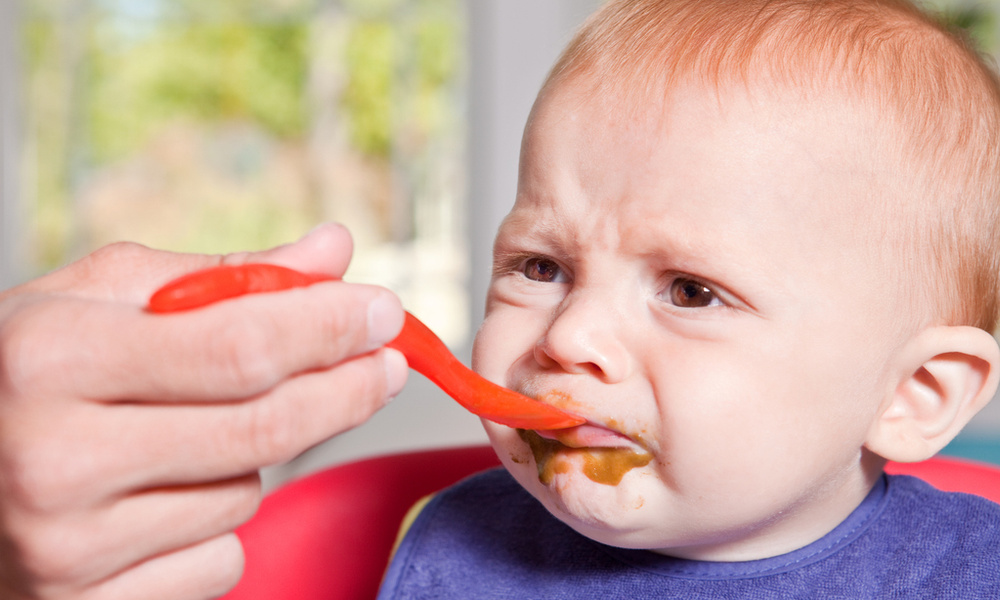 It contains essential amino acids, vitamins and minerals. Their deficiency in the nutrition of the child can lead to serious consequences, in particular to developmental delays and health problems.
It contains essential amino acids, vitamins and minerals. Their deficiency in the nutrition of the child can lead to serious consequences, in particular to developmental delays and health problems.
One of the valuable minerals in the composition of meat is iron, which is very important for development. Iron is part of the structure of the heme protein, which delivers oxygen to the cells and tissues of the body. In addition, the iron contained in meat is very well absorbed.
Meat purees are an essential part of a child's daily diet.
Why should you include meat purees in your child's daily diet?
- For growth. Meat contains a complete animal protein - a source of essential amino acids that are necessary for building your own cells and tissues.
- To deliver oxygen to tissues. Iron, which is found in meat, is necessary for the process of hematopoiesis and oxygen delivery to cells and tissues.
- For proper metabolism.
 Vitamins B2 and B6, as well as zinc, are essential for proper metabolism.
Vitamins B2 and B6, as well as zinc, are essential for proper metabolism.
So at what age can you give a child meat and how to do it?
When to introduce meat into complementary foods
This question is best answered by a pediatrician who has been observing the baby from birth, because the question of at what age it is possible to give meat to a child is decided individually, taking into account the characteristics of the child. The only general rule is that meat complementary foods should be introduced no earlier than 6 months. Up to a year, meat should be given to the child daily.
What kind of meat to start complementary foods with
It is best to start with monocomponent meat purees of industrial production - those that contain only one type of meat. So, if the baby has a negative reaction, it will immediately be clear what it is. To minimize the risks of allergies, it is better to choose low-allergenic meat purees.
FrutoNanny has a special line "First Choice"* where you can find hypoallergenic rabbit and turkey purees**. To begin with, it is worth treating the crumbs with 1/2 teaspoon of mashed potatoes in the morning and bring the amount to the age norm within 7-10 days.
To begin with, it is worth treating the crumbs with 1/2 teaspoon of mashed potatoes in the morning and bring the amount to the age norm within 7-10 days.
How to introduce meat - is it worth cooking it yourself or is it better to use ready-made purees?
It is difficult for moms and dads to determine the amount of nutrients and harmful substances in products for a baby without special devices. In addition, at home it is difficult to ensure complete microbiological safety, the required degree of grinding of the product.
The baby food industry handles these tasks very well. This is facilitated by verified technology:
- Products are tested to meet quality standards. Specialists make sure that dangerous microorganisms, nitrates, pesticides and heavy metals do not get into the jars.
- Foods are nutritionally balanced. The baby will receive the right amount of nutrients, regardless of the time of year.
- In production, it is possible to make puree with an ideal homogeneous texture.
 Puree is easy, tasty and safe to eat - it does not contain large pieces that will be superfluous for a baby who does not yet have enough teeth to chew solid food.
Puree is easy, tasty and safe to eat - it does not contain large pieces that will be superfluous for a baby who does not yet have enough teeth to chew solid food.
The kid wants to give all the best, so the excitement of parents is understandable: you need to choose the safest, most delicious and high-quality product. With ready-made mashed potatoes, parents can be calm about the diet of their boys and girls when it becomes possible to give the child meat. FrutoNyanya has developed meat purees that will help children grow up big, strong and healthy.
FrutoNyanya meat purees are:
- 100% natural, without artificial additives, preservatives, dyes, GMOs.
- Meat only, water and some rice flour for consistency, no starch or salt added.
- Selected raw materials only from domestic suppliers.
- Uncompromising quality control at all stages of production.
- Wide range, including purees with clinically proven low immunogenicity and hypoallergenicity** - "Rabbit" and "Turkey"
- Delicious puree with delicate texture
In the production of meat purees in glass jars, there is always a space above the product where a vacuum is created to ensure tightness.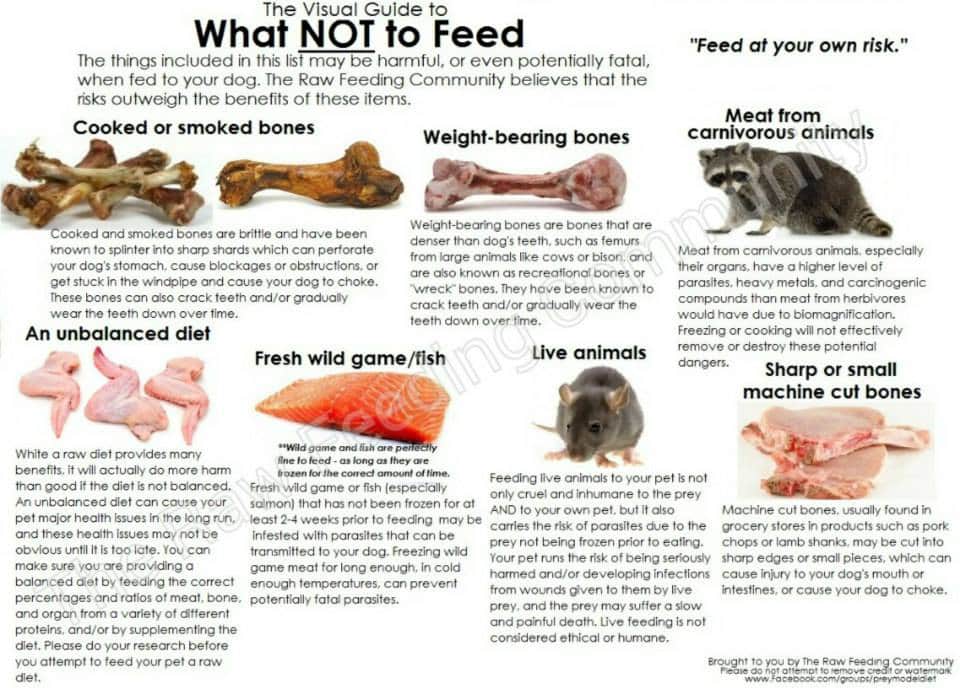 The oxygen present in this space interacts with the myoglobin protein found in the meat. Therefore, the top layer of puree darkens.
The oxygen present in this space interacts with the myoglobin protein found in the meat. Therefore, the top layer of puree darkens.
In the manufacture of canned meat in cans, packaging takes place without creating a vacuum, so there is no oxygen in the can, and the top layer does not change color.
Myoglobin is absolutely safe for health. It is not necessary to remove the darkened layer of puree, the puree can simply be mixed and heated.
Glass jars are convenient, environmentally friendly and do not emit any hazardous substances.
Advice on how to start meat complementary foods
When parents have decided how many months they can give their child meat, you should act according to the following algorithm:
- Consult a pediatrician.
- Prepare dishes. The child should receive complementary foods from separate dishes intended for young children.
- Select the feeding time. When introducing a new complementary food, offer it during the second morning feeding - this way you can observe the reaction of the baby to the new food during the day.

- Start with a small amount, such as 3-5 grams or half a teaspoon. During the week, it is necessary to gradually increase the portion until it corresponds to the age norm.
- Do not combine several new products at once. The kid will not benefit from such a variety.
FrutoNanny is constantly evolving to better meet the needs of all its little customers. Therefore, when choosing which meat to introduce into complementary foods first, pay attention to the entire line of products.
The best food for a young child is breast milk. Specialist consultation is required. For information about age restrictions on the use of FrutoNyanya products, see the individual packaging.
*The first choice of products for the first acquaintance with the corresponding category of FrutoNyanya products.
**Hypoallergenicity was clinically proven at the SCCH in 2011, 2013, 2016, 18 FrutoNyanya complementary foods were tested: clarified apple juice, clarified pear juice, apple and pear juice with pulp, apple puree, pear puree , prune puree, broccoli puree, cauliflower puree, pumpkin puree, rabbit puree, turkey puree, dairy-free rice porridge, dairy-free buckwheat porridge, direct-pressed apple juice, direct-pressed apple and pear juice, juice from apples and straight-pressed plums, direct-pressed apple and blackcurrant juice, zucchini puree.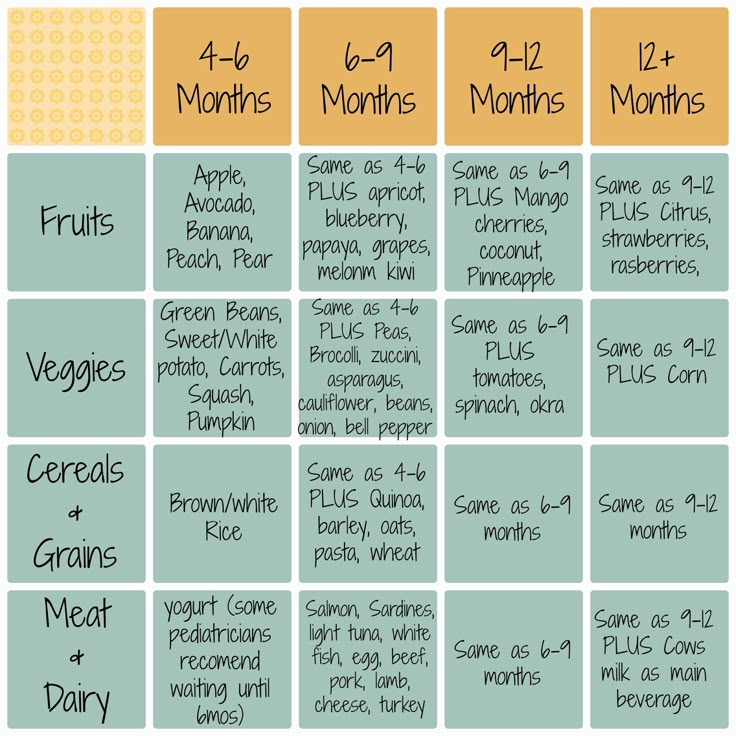
Reviewer Kovtun Tatiana Anatolievna
Scientific advisor to PROGRESS JSC, Candidate of Medical Sciences
All expert articles
What kind of meat to start complementary foods for a child: when to introduce and how, from how many months
At the very beginning of the introduction of meat puree, you need to focus on the fat content in it. The first varieties of meat should be fairly lean: turkey, rabbit, chicken, veal, beef. Offal, such as tongue, liver, heart, can be introduced into the diet no earlier than 8 months.
Important!
Complementary meats can be introduced no earlier than 6 months. The baby's first puree should be monocomponent, i.e. contain only one type of meat, it should not contain salt and other spices. Meat at 8 months, the child should already actively eat.
Where to start?
It doesn't matter what kind of meat you give your child first, but there are certain features that may affect your choice. So, for example, if your child has allergic reactions to the introduction of complementary foods, skin or intestinal, the first types of meat that should be offered to the child are rabbit and turkey. If a child is allergic to cow's milk proteins, rabbit, turkey, pork, horse meat are allowed, but beef and veal are excluded. If the child has signs of iron deficiency, the product of choice will be rabbit meat, which contains the maximum amount of heme iron.
Complementary meat should be given to the child daily, at lunchtime, in combination with vegetable purees. It is in combination with vegetables that iron from meat is absorbed as fully as possible. In the first days, you can dilute meat puree with vegetable broth, as well as breast milk, since it has a thick consistency. In addition, the familiar taste of the product introduced earlier will allow you to quickly adapt the child to the new taste of meat.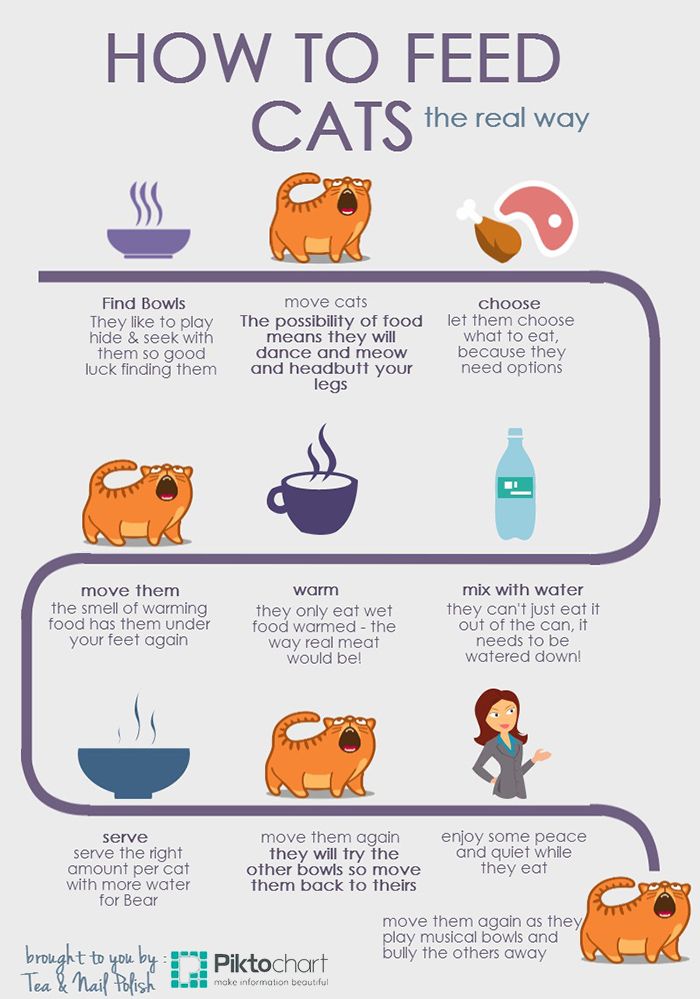
How much protein does a child need?
For example, your child is 6.5 months old and has just recovered from a respiratory infection; you want to introduce meat puree. How to do it right? Let's opt for rabbit puree. On the first day, you can give the child 10 g of puree (1 tsp), on the second day, subject to good tolerance, you can increase the amount of meat to 15–20 g, on the third day, expand the volume to 30 g, on the fourth or fifth day - up to 40, on the sixth-seventh - up to 50 g. As a result, after 7-10 days, the volume of meat puree may well be brought up to 50 g. The remaining amount of feeding will consist of vegetable puree, and the child will have a full lunch meal.
From 6 to 8 months, the amount of meat puree can vary from 30 to 50 g, and at the age of 9–12 months it can increase to 60–70 g. a large amount of gas, a change in the nature of the stool, the appearance of fatty, putty-like stools, the appearance of pain in the abdomen).
Choose a meat dish for your baby
Important!
Complementary meats are of great importance for the healthy and harmonious development of your child, and therefore must be introduced into the diet in a timely manner and in the required quantity.






